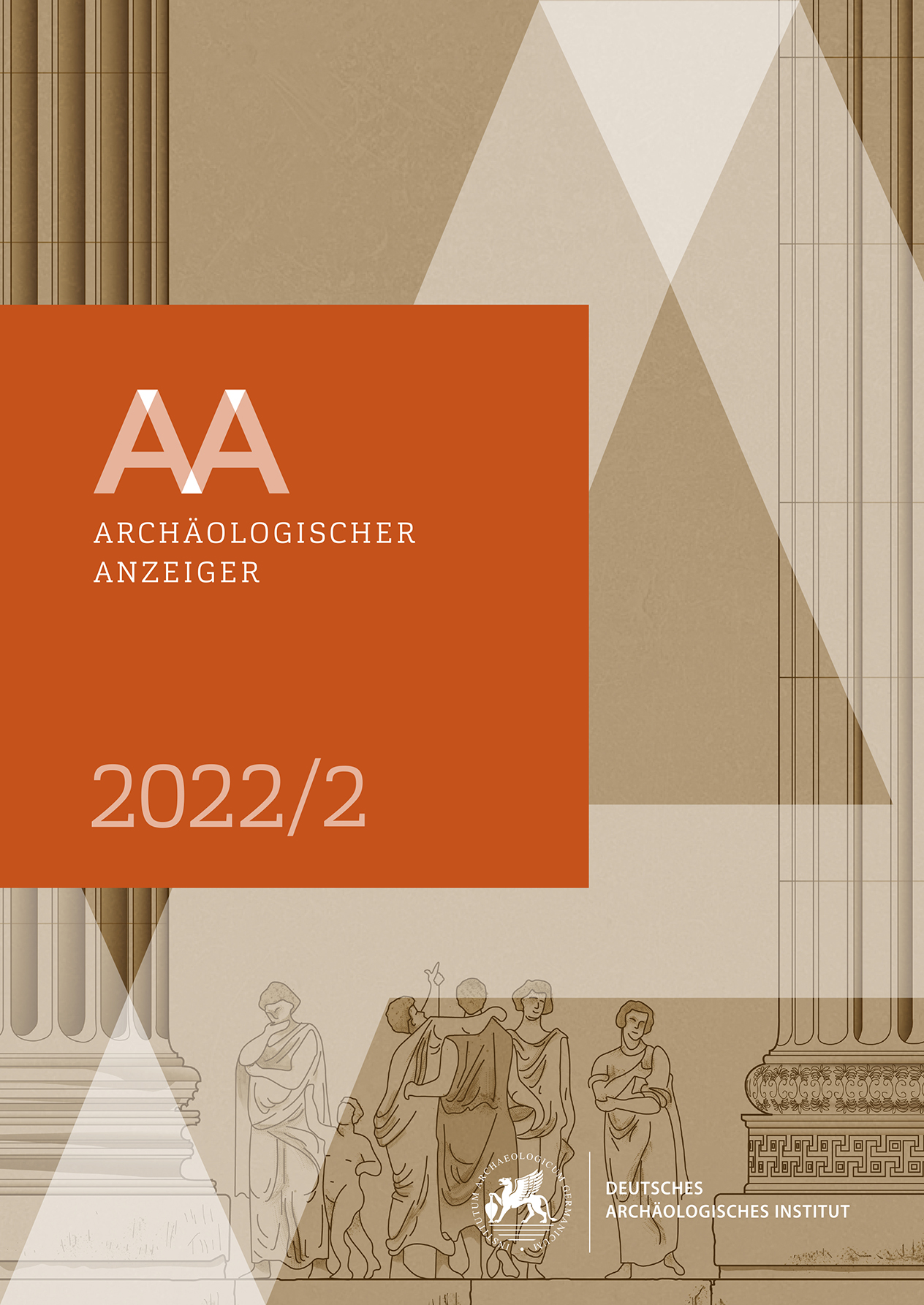Cartonnage to Plaster
Mummy Masks of the Ptolemaic and Early Roman Periods from Tuna el-Gebel
https://doi.org/10.34780/fjvc-r7j6
Abstract
This paper deals with the fragments of four cartonnage and plaster masks excavated in 2018 during the excavations of the University of Minia at Tuna el-Gebel. Starting with a summary of the state of knowledge on pre-Roman tombs at Tuna el-Gebel, these objects are described both iconographically and stylistically and a chronological classification is attempted. Furthermore, the currently very limited state of research on Ptolemaic mummy masks as a whole is (re)assessed, critically exploring the possibilities and limitations of a discussion of production technique, function and dating. The paper concludes that three of the mummy masks (I–II and IV) find their closest parallels in the neighbouring necropolis of Antinooupolis, while one piece (III) corresponds most closely to masks from Thebes. All the masks probably belonged to local persons of high status, but were not intended to represent the deceased before a living audience. Their main function was rather to assist the deceased in his/her transformation into a divine being. Based on current knowledge, a relative chronological sequence can be suggested, from the cartonnage masks I–III from the early to middle Ptolemaic period to plaster mask IV from the late Ptolemaic to early Imperial period.
Schlagwörter:
mummy mask, Tuna el-Gebel, Ptolemaic period, burial equipment, cartonnage, plaster





